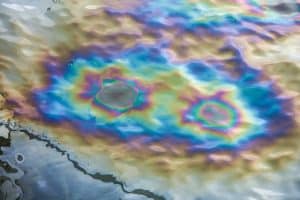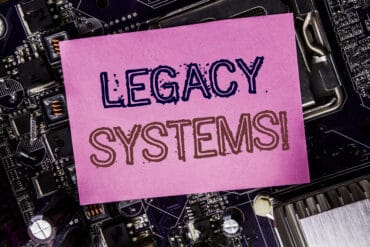
The team will continue to train the algorithm and are actively looking for partners to test the algorithm in real-world conditions.
The Southwest Research Institute has developed an image recognition algorithm to accurately detect crude oil on water, providing a way for businesses and environmental agencies to spot a leak before it becomes a major disaster.
The Smart Leak Detection on Water (SLED-W) system uses inexpensive thermal and visible cameras and can be deployed on aircraft, watercraft or stationary monitoring devices.
SEE ALSO: BP Brings Cloud-based Analytics to Gulf of Mexico Oil Platforms
By utilizing both thermal and visible cameras, SLED-W’s algorithm can choose the most relevant information for labeling oil. The team worked with oil and gas experts to train the model, using photos and videos from past oil leaks.
“SLED-W was able to detect two different types of oil with unique thermal and visible properties,” said Ryan McBee, a research engineer at the Southwest Research Institute. “SLED-W showed positive initial results, and with further data collection, the algorithm will handle more varied external conditions.”
The ease of deployment may make it a suitable choice for oil and gas companies, which are responsible for 80,000 miles of oil pipelines in the United States. Many of these pipelines cross or follow waterways, which are at risk of serious environmental damage if the leak is not detected early.
“Labeling oil is a significant challenge. For SLED-W, we had to account for different behaviors so it would know what to consider and what to ignore to avoid false-positives,” said McBee.
The team will continue to train the algorithm and are actively looking for partners to test the algorithm in real-world conditions.




























